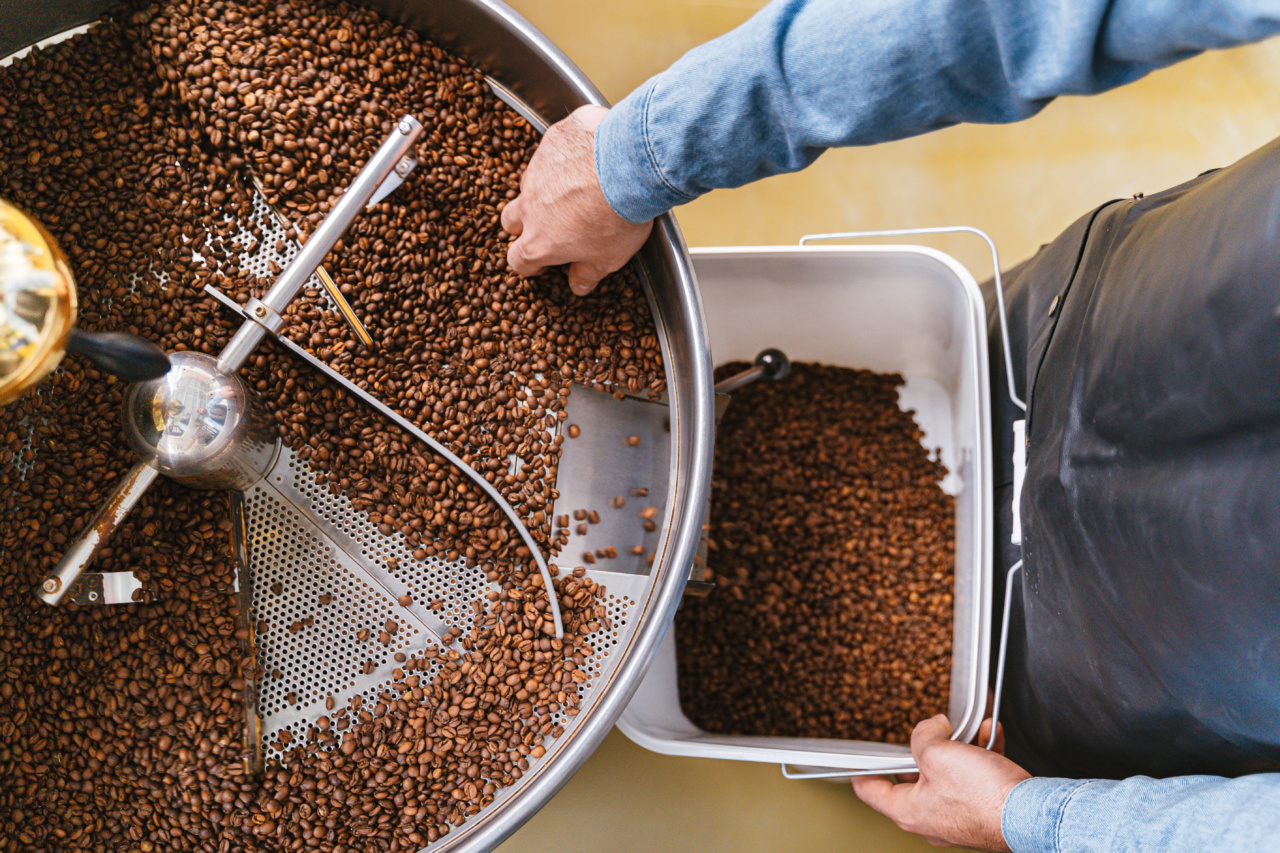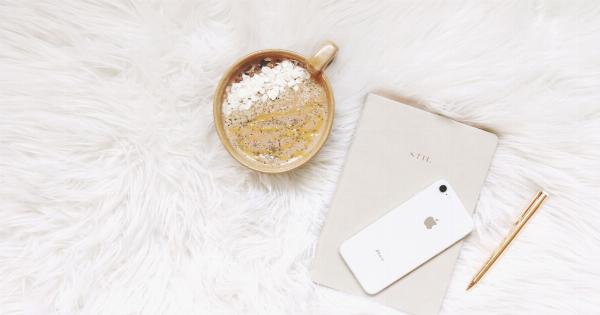Some of the most delectable treats we enjoy today all begin with a simple bean: the cocoa bean. One of the most important stages of creating delicious chocolate is the roasting process, which gives the cocoa beans their signature flavor.
What is the Roasting Process?
The roasting process is a crucial step in chocolate production. Cocoa beans are roasted to bring out their distinct flavors and aromas. The temperature and duration of the roast is essential in developing a unique flavor profile in the chocolate.
After the beans have been roasted, they are processed into chocolate using various methods like grinding, conching, and tempering.
Why is Roasting Important?
The roasting process is arguably one of the most critical steps in determining chocolate’s flavor. Roasting brings out the aroma and flavor notes in the beans, creating the characteristic flavor profile of the chocolate.
The roasting method and length of the roast can change the flavor profile dramatically. Lighter roasts are mild and have subtle chocolate flavors, while darker roasts are typically more intense and bitter.
The Roasting Process Begins with Harvesting
Harvesting cocoa beans is done by hand and begins with slicing the pod open and removing the beans. After being removed, the beans undergo fermentation to remove any unwanted acidic flavors.
After a few days, the beans dry out and become a deep brown color, resulting in what is known as “cocoa beans.” The next step is to roast them.
Roasting Methods
Chocolate manufacturers use various methods to roast cocoa beans, including:.
1. Drum Roasting
Drum roasting is one of the most popular methods of roasting cocoa beans. This technique involves placing the beans in a rotating drum while applying heat to roast them evenly. Drum roasting allows the beans to roast relatively quickly and evenly.
2. Hot-Air Roasting
In hot-air roasting, the beans are roasted by exposing them to hot air. This method is generally faster than drum roasting and allows for better control of the roasting temperature.
3. Roaster Ovens
Roaster ovens use radiant heat to roast cocoa beans. These ovens are effective at roasting large quantities of beans, making them popular among larger-scale chocolate producers.
The roasting time is also shorter, which helps to preserve the flavor profile of the beans better.
4. Fire Roasting
Fire roasting cocoa beans is one of the oldest methods of roasting. It involves roasting the beans over an open fire, which imparts a smoky flavor to the beans.
This method is not as common in modern chocolate production because of the newer, more efficient methods available.
The Roasting Process
The roasting process typically begins with preheating the oven to the desired temperature. After preheating, the cocoa beans are placed into the roasting chamber.
Depending on the roast, the beans can be in the oven for as little as 12 minutes to as long as 40 minutes. During the roasting process, the beans are constantly stirred to ensure even roasting. The temperature of the oven is adjusted throughout the process to affect the overall flavor of the beans.
Factors That Affect Roasting
The following factors affect the roasting process:.
1. Time
The length of time the beans are roasted affects the flavor profile. Longer roasts lead to a more intense and bitter chocolate flavor.
2. Temperature
The roasting temperature affects the color and flavor of the beans. Higher temperatures lead to a darker color and more robust flavor, while lower temperatures lead to a lighter color and more mellow taste.
3. Agitation
Stirring the beans during the roasting process ensures that they are roasted evenly. This can impact the flavor of the final product.
4. Humidity
The relative humidity can affect the texture and flavor of the roasted beans. Higher humidity can result in a moister bean, while lower humidity leads to a drier product.
Cooling the Beans
After the beans are roasted, they must be cooled down to prevent further cooking and preserve the flavors that develop during roasting. The beans are spread out on a cooling surface and exposed to cool air, which removes the excess heat from the beans.
Cooling happens relatively quickly, as the beans are still hot from the roasting process.
Conclusion
The roasting process is essential in creating the unique flavor and aroma of chocolate. The duration, temperature, and the roasting method all play a role in developing the flavors that we all know and love.
Chocolate makers must ensure the beans are roasted to perfection to produce a high-quality, delicious final product.































